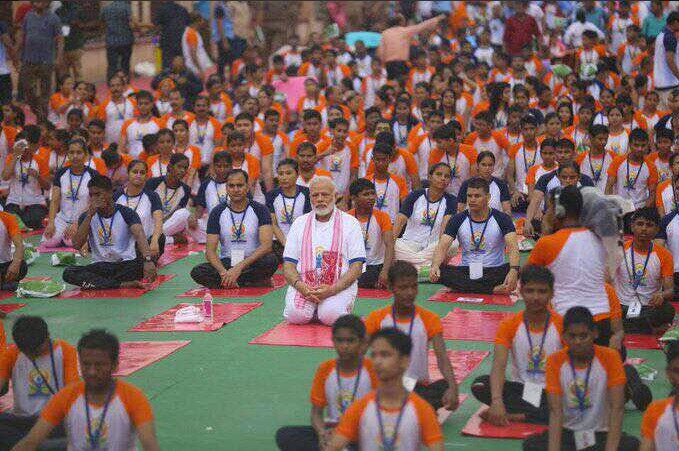
Prime Minister Narendra Modi goes to Washington this week at the midpoint of his term and at the start of President Trump's. Over the last three years, the Prime Minister has implemented an agenda of vigorous commercial diplomacy with the US, engaging directly with business leaders, along with President Obama and his administration. The challenge now for the Indian Prime Minister will be to build on the gains accomplished during the Obama presidency, and for President Trump to shape the bilateral relationship in a manner consonant with his stated priorities.
The US and India share concerns on global terrorism, but on economic globalisation, their impulses differ...
The US-India relationship carries great political and economic significance in the current geopolitical and security context. The US and India share concerns on global terrorism, but on economic globalisation, their impulses differ as India has been a beneficiary of globalisation.
The US-India relationship reached a high point with President Obama's visit to India in January 2015 that established the Strategic & Commercial Dialogue (S&CD), encompassing a variety of political and economic issues. Until then, China was the only country with a similar wide-ranging engagement with the US. The S&CD provided a significant pivot towards making business and commerce central to the relationship. The US-India CEO Forum was reinvigorated and, coupled with the S&CD, opened a direct channel for communication between leading CEOs and the two governments.
The last three years saw an overall increase in mutual trade, from US$97 billion in 2013 to US$115 billion in 2016. Specific improvements in the ease of doing business in both US and India such as the reduction in backlog of transfer pricing tax cases and the passage of a bankruptcy code were seen as beneficial.
President Trump's signals on his priorities have caused some confusion in India. Therefore, it will be important for the Trump administration to put its own stamp on the bilateral relationship.
The Trump administration has been focused on large deal announcements on one hand and trade deficits on the other. It must take into account the disinclination of Indian leaders to view the relationship on a transactional basis.
The US trade deficit with India has stayed flat over the last three years while bilateral trade has grown. It would be constructive to recognise that the trade between the US and India is diminishing as a percentage of total trade.
The Trump administration can place its imprimatur on the US-India relationship by expanding the canvas of the S&CD to foster engagement at the level of the two countries' states.
The Trump administration can place its imprimatur on the US-India relationship by expanding the canvas of the S&CD to foster engagement at the level of the two countries' states. This would create loci of interaction away from Washington, DC and New Delhi, a concept that should appeal to both leaders. Prime Minister Modi has been an advocate of empowering India's states and championing what he has termed as "competitive federalism."
States in the US have been crucibles of innovation and industry. Indian states with dynamic leadership have shown the ability to attain double digit rates of growth. For businesses, operational issues from administrative permits to power connections have to be handled at the level of the states. Many US states help their businesses export and Indian states are looking for investment to further their growth. For the US and India, it would make eminent sense for leaders from states in both countries to meet once a year in a structured setting to advance business and mutual interests.
A "Governors-Chief Ministers Business Conclave" should be established as a feature of the S&CD. The Indian states of Gujarat, Maharashtra, Andhra Pradesh, Telangana, Rajasthan and Madhya Pradesh could be the first participants along with counterparts like California, New Jersey, Texas, Illinois, to name a few based on interests in trade as well as diaspora links.
A business forum with American and Indian states will go a long way in creating the next paradigm of growth for the US-India relationship and will be aligned with the themes and priorities of both leaders.
(Currently Chairman & CEO of KPMG India, the author served as Assistant Secretary of Commerce and Director General of the US Commercial Service in the Obama Administration. The views in this article are personal and do not reflect those of KPMG in India.)
